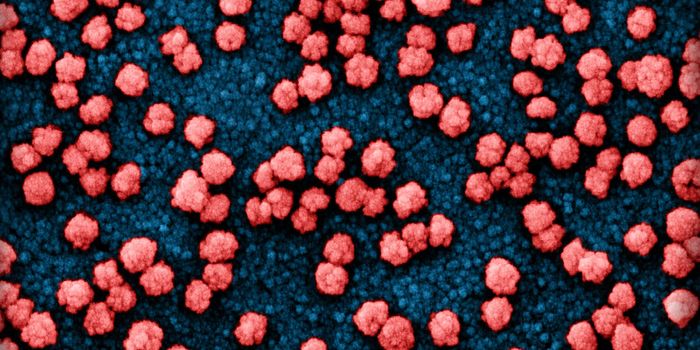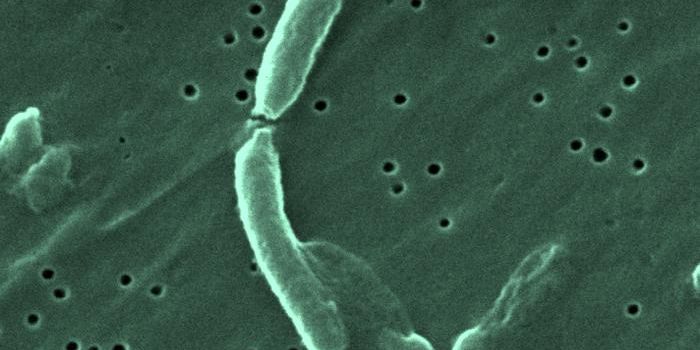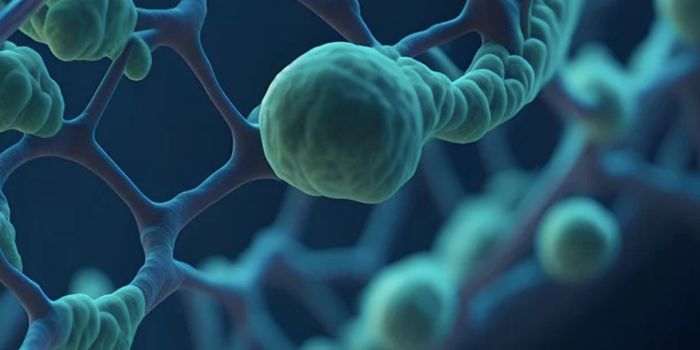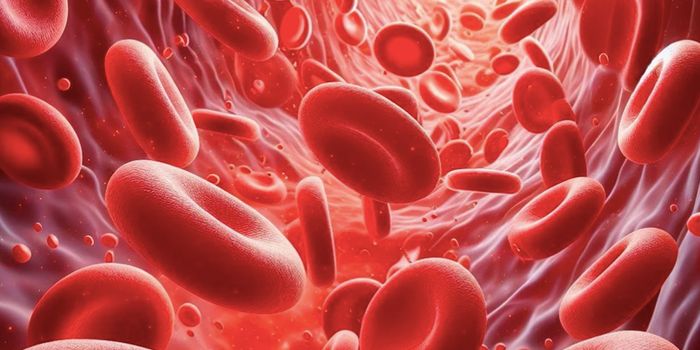Gene Mutation Causes Sudden Cardiac Death in Young People
More than 325,000 deaths in the United States are incidences of sudden cardiac death, an abrupt loss of heart function arising from heart arrhythmias that often occurs in seemingly healthy individuals. A new study identified a novel gene involved in sudden death that kills young people and athletes, finally providing families hope for preventing this unexpected and tragic event.
The gene identified from the study is CDH2, which produces cadherin-2, a protein for adhesion between cardiac cells. A mutation in CDH2 is characterized by the fatty scar tissue taking the place of normal, healthy heart tissue, which can cause a specific type of arrhythmia called arrhythmic right ventricle cardiomyopathy (ARVC), a condition that puts otherwise healthy young people at an increased risk for cardiac arrest.
The identification of the CDH2 mutation leading to ARVC is thanks to an international collaboration 15 years in the making; researchers from the University of Cape Town, the Italian Auxologico Institute of Milan, the University of Pavia, and McMaster University conducted a study of a family affected by ARVC and sudden death.
The scientists sequenced coding regions of the genomes of two individuals with ARVC in the family, and a pool of over thirteen thousand potential genetic variants ultimately gave way to the identification of CDH2 as the causative gene. Identification of this mutation will become a way to pinpoint at-risk individuals and apply preventative therapies to avoid heart disease and sudden death.
“A mutation in CDH2 is the underlying culprit in a portion of [sudden cardiac death] patients,” said Dr. Guillaume Paré, leader of the group from McMaster University. “This will pave the way for preventative interventions and genetic counselling."
Cardiac arrest is the sudden loss of heart function that can lead to death within minutes if no defibrillator is available to restore the heart’s natural rhythm. To learn more about the difference between cardiac arrest and heart attack, click here.
The present study was published in the journal Circulation: Cardiovascular Genetics.
Sources: McMaster University, Cleveland Clinic, GeneCards









